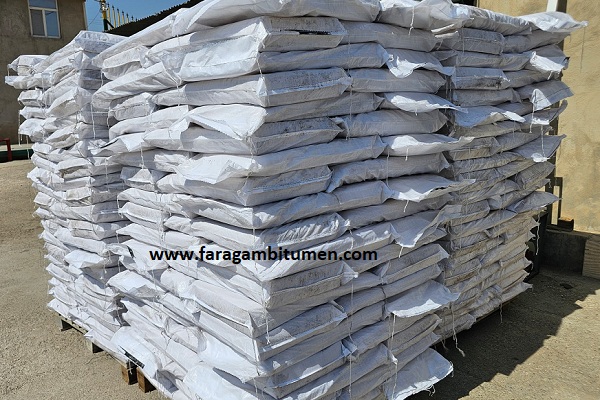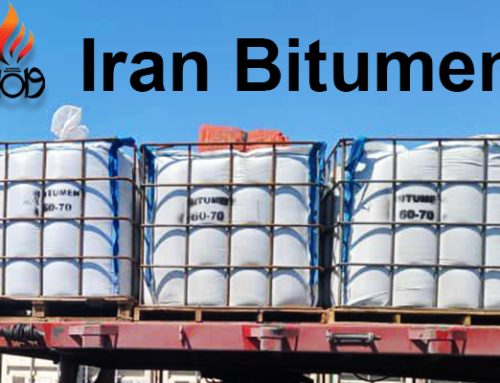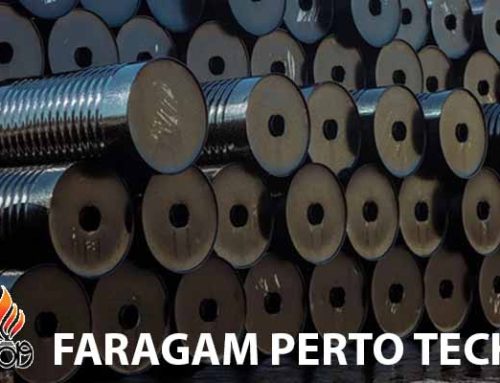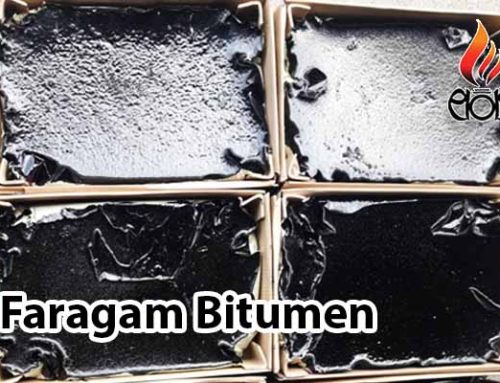
Oxidized Bitumen 115/15 VS 85/25
Introduction to Oxidized Bitumen
Oxidized bitumen, also known as blown asphalt, is produced by blowing air through penetration-grade bitumen at high temperature. This process modifies its chemical structure, improving softening point, penetration index, and elasticity. Two common grades in the market are oxidized bitumen 115/15 and oxidized bitumen 85/25 — each with specific characteristics and uses.
In this article, we’ll explore their similarities, differences, and applications so you can choose the right grade for your project.
Similarities Between Oxidized Bitumen 115/15 and 85/25
Despite having different specifications, both grades share several common features:
1. Production Method
Both are manufactured through the oxidation process, where air is blown into hot bitumen until the desired softening point and penetration value are achieved.
2. Improved Temperature Resistance
Both grades offer higher resistance to temperature changes compared to regular penetration bitumen, making them suitable for hot climates and industrial applications.
3. Waterproofing Properties
Oxidized bitumen 115/15 and 85/25 are excellent waterproofing agents, widely used in roofing, pipe coating, and insulation.
4. Chemical Stability
Due to oxidation, both grades have better aging resistance and maintain performance over long-term exposure.
Key Differences Between 115/15 and 85/25
The main differences lie in softening point, penetration, and flexibility — factors that directly affect their usage.
| Property | Oxidized Bitumen 115/15 | Oxidized Bitumen 85/25 |
|---|---|---|
| Softening Point (°C) | ~115°C | ~85°C |
| Penetration (0.1 mm at 25°C) | 10–20 (usually 15) | 20–30 (usually 25) |
| Flexibility | More brittle at low temperatures | More flexible at low temperatures |
| Heat Resistance | Higher | Moderate |
| Common Use | High-temperature environments | Moderate temperature applications |
Choosing the Right Grade for Your Project
When to Use Oxidized Bitumen 115/15
-
Ideal for high-temperature industrial applications
-
Used in asphalt-based paints, corrosion protection coatings, and certain electrical applications
-
Suitable where rigid bonding is required
When to Use Oxidized Bitumen 85/25
-
Common in roofing felt, waterproofing membranes, and joint sealants
-
Preferred where moderate flexibility is needed
-
Suitable for cold climates compared to 115/15
Packaging and Supply
At Faragam Bitumen, we supply oxidized bitumen 115/15 and 85/25 in:
-
25 kg meltable bags
-
Craft paper bags
-
Drums
-
Custom packaging upon request
We follow ASTM and EN standards to ensure consistent quality for export markets.
Conclusion
While oxidized bitumen 115/15 and 85/25 share similar production methods and core properties, their differences in softening point and penetration make them suitable for different applications.
Choosing the right grade depends on your temperature requirements, flexibility needs, and project specifications.
For high-quality oxidized bitumen supply, Faragam Bitumen offers both grades with reliable export packaging and competitive pricing.



